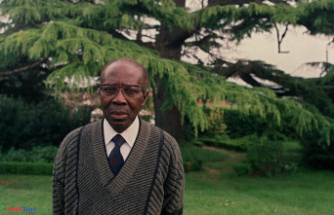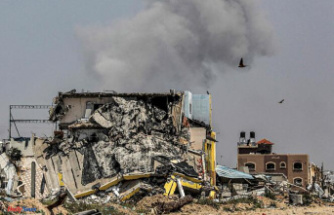Düsseldorf (dpa / lnw) - The North Rhine-Westphalian state government has developed a new concept for preventing and fighting forest fires. Among other things, it provides for forest paths to be kept 3.50 meters wide so that heavy fire brigade vehicles can pass. In addition, aisles should be created to prevent fires from spreading, as reported by WDR on Tuesday.
That does not always mean clear cuts, the Ministry of Agriculture explained at the request of the German Press Agency in Düsseldorf. Such protective strips could also simply be equipped with less combustible trees or plants.
The concept developed jointly by the Ministry of Agriculture and the Ministry of the Interior is a proposal, said a spokeswoman. Since the majority of the forest areas in NRW are privately owned, the recommendations cannot be immediately binding. Officially, the state government wants to present its concept next Tuesday in Wermelskirchen. Possible measures also include a safety distance of at least 35 meters between the forest and buildings.
According to the State Office for Forests and Wood, 67 percent of the approximately 935,000 hectares of forest in NRW are managed by around 150,000 private owners. For years, forest experts have been promoting mixed forests made up of mostly native forest species that are better able to withstand climate change.
Monocultures lead to fires, Hartwig Dolgner from the state forest and wood company told WDR. "In addition, the conifers contain essential oils that burn particularly well," warned the forest expert. Nevertheless, huge areas in Germany have been reforested with spruce and pine trees in the past.
In the construction industry that works with wood, so far mostly softwoods have been in demand. From a scientific point of view, however, against the background of foreseeable climatic extremes, spruce, for example, is less suitable for securing the required quantities of softwood in the future, explained the state forest and wood company.












